I still remember that day in 2013. My father rolls out in our new Honda Civic. He exits the car and hands me a bag. Opening the bag, I find a device that I still value to this day: the PSP or the PlayStation Portable.
The PlayStation Portable (PSP) is the very first PlayStation console to be handheld. Despite not being too popular abroad, it received decent popularity among the kids in Bangladesh. I happen to be one of the kids of that generation who had a PSP. Having owned this console for 11 years, I will take a trip down memory lane, and try to rediscover this forgotten gem.
History Class
The PlayStation Portable first came to light during E3 2003. There, it was announced and they showed a prototype CD for the PSP. It was unveiled on May 11, 2004, at a Sony Press Conference prior to E3 2004.

The console was released in Japan on December 12, 2004. The North American crowd got their hands on the PSP on March 24, 2005. Subsequently it was released in the PAL region on September 1, 2005.
At the time of its launch, Nintendo dominated the market of handheld consoles with its Nintendo DS. Companies like Nokia and SNK tried to compete, but failed. The PSP was essentially Nintendo’s first true competitor.
The primary appeal of the PSP was not its size or design, but its power. It was the more powerful console when compared to the Nintendo DS. It had relatively advanced graphical capabilities alongside multimedia facilities like the internet and a video player.
The PSP shipments ended in 2014. Sony sold 80 million units during its lifetime. the PlayStation Vita, released in 2011, succeeded the PSP.
Models and Specifications
The PSP Models have been listed below in the order of release date:
-
Original PSP Model (PSP-1000): Essentially, this is the original model. Its GPU was called RE+SE-90nm. It had 32 megabytes of RAM and 32 megabytes of internal storage. As you might guess, it relied on an external storage in the form of a proprietary SD card. It also offered UMDs for games which acted similar to CDs.
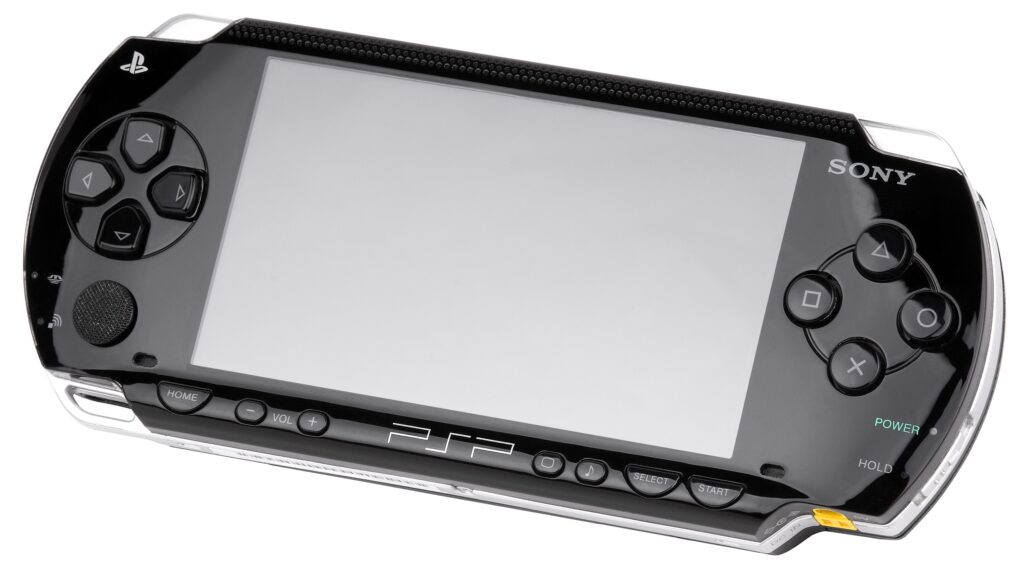
-
PSP-2000: Sony released this variant in September 2007. It was 19% slimmer and 33% lighter than the original. It was also known as the PSP slim and lite. Despite being smaller and lightweight, it was more powerful having 64 megabytes of RAM and internal storage. It also had a more efficient GPU named RE+SE-65nm. It also featured an additional “Video Out and Mic” port.
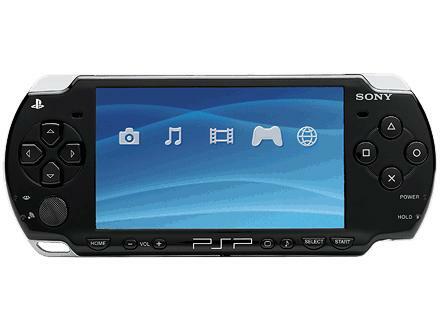
-
PSP-3000: This variant, released in October 2008, was similar to the previous in terms of specifications. But it had an improved LCD screen with an increased color range and five times the contrast ration. It suffered less from ghosting and blurring owing to the halved pixel response time. It also had anti-reflective technology. This variant was also known as the PSP Brite.
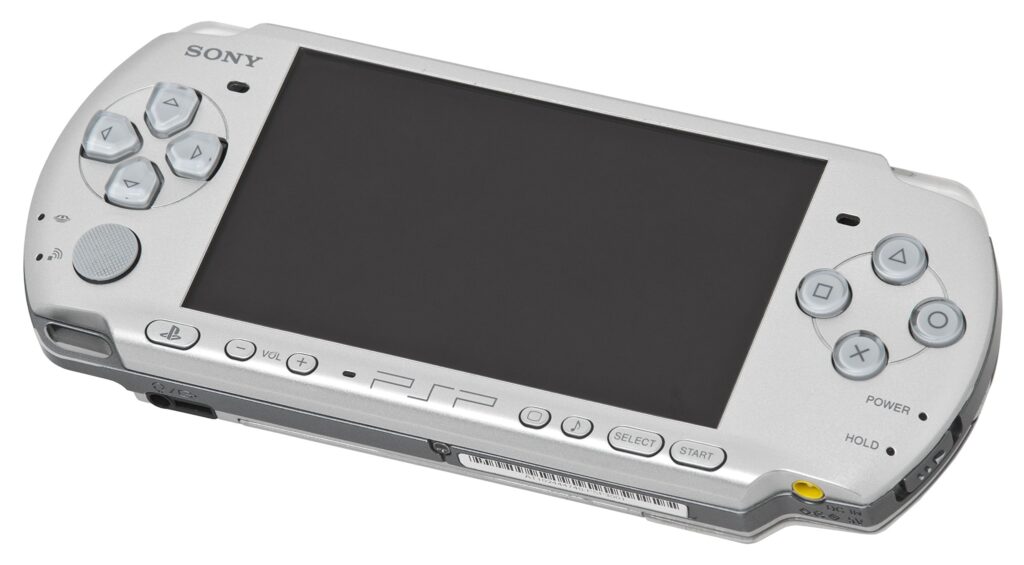
-
PSP-Go: Released in October 2009, this variant is quite similar to a Nintendo DS. It had a sliding display with controls hidden underneath. It does not have support for physical UMDs, and so relies on the PlayStation Store.
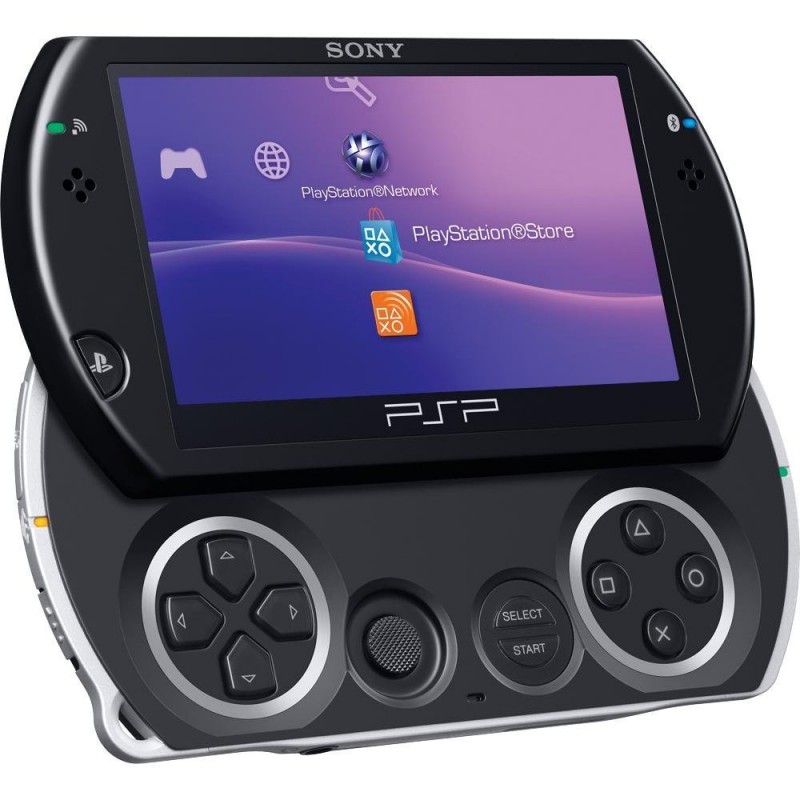
-
PSP Street E1000: Actually this is the model that I have. This is a budget version of the PSP and is similar to the PSP-1000 in shape and size. But it was as powerful as the later models.Sony released it on October 26, 2011.
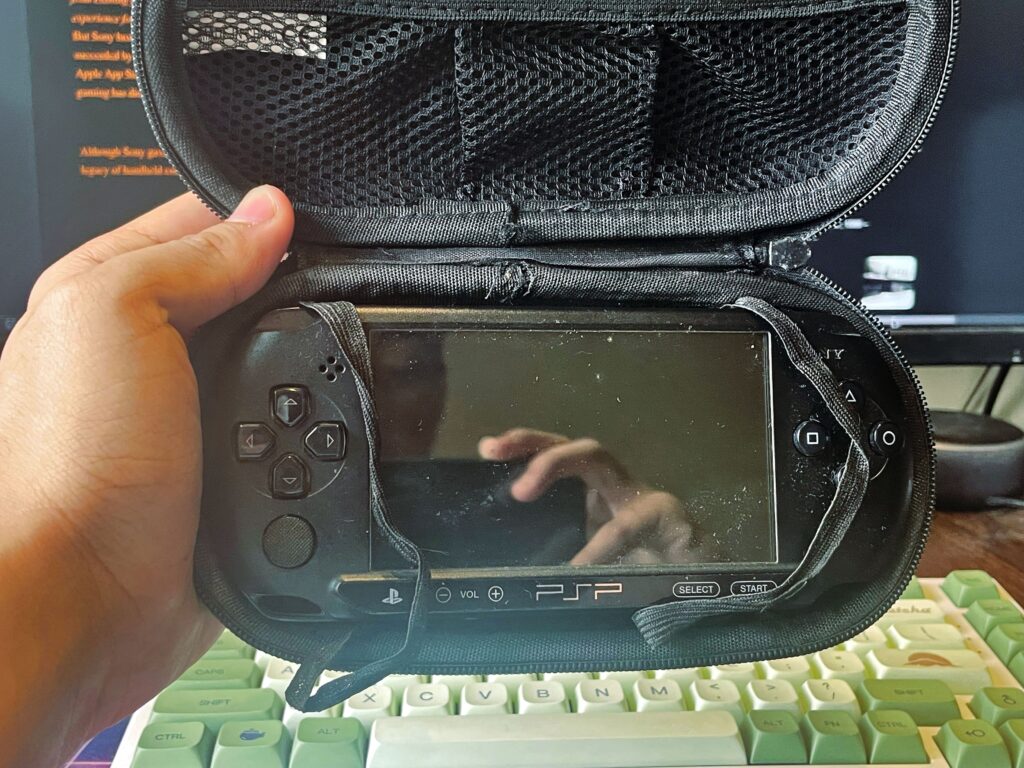
The PSP Street E1000
Actually, I never knew the exact name of the model I had. I dug it out from the web while writing this article.

Price
The PSP Street E1000 sold for around 100 Euros in Europe. The United States got it for roughly 125$.
Externals
As mentioned previously, the PSP Street E1000 is similar to the PSP 1000 in terms of form factor. It was actually released as a budget portable version. Its outer body is somewhat matte compared to other versions. That offers better visuals as well as possibly a better grip.
The button layout is more or less the same. There is the left thumbstick. Then there are the square, cross, circle and the triangle to the right. We also have to direction buttons to the left. Instead of L1, R1, L2 and R2, we have an L and R. The lack of buttons led to some weird button combinations in the PSP.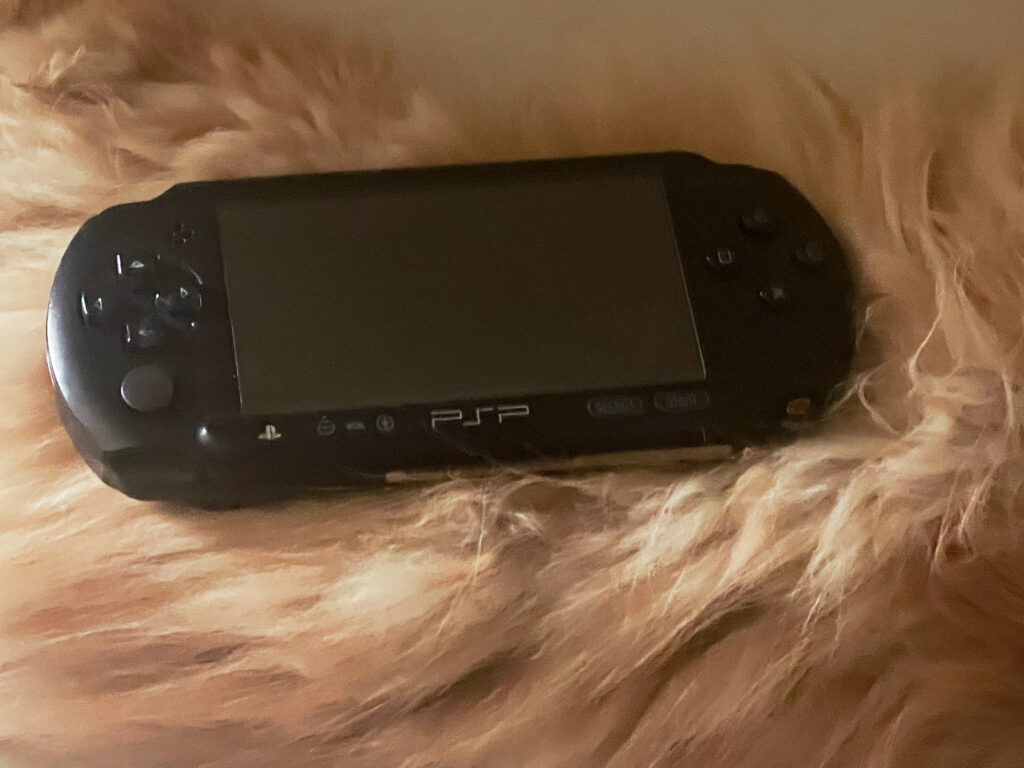
At the bottom, there is a glossy piece. It has the PS button, volume up and down, select and start. This console does not have any brightness button unlike previous models. It relies on the digital menus for brightness.

Power
The console runs on rechargeable 3.6V batteries. For charging, there is a proprietary DC power cord. This is essentially the most frustrating part about PSPs. My unit never died, but the power cord did. That limited my time with the device itself.
For power up, the device relies on a sliding button at the bottom. There is a “Hold” mode which allows you to freeze the control. It is essentially a physical pause button.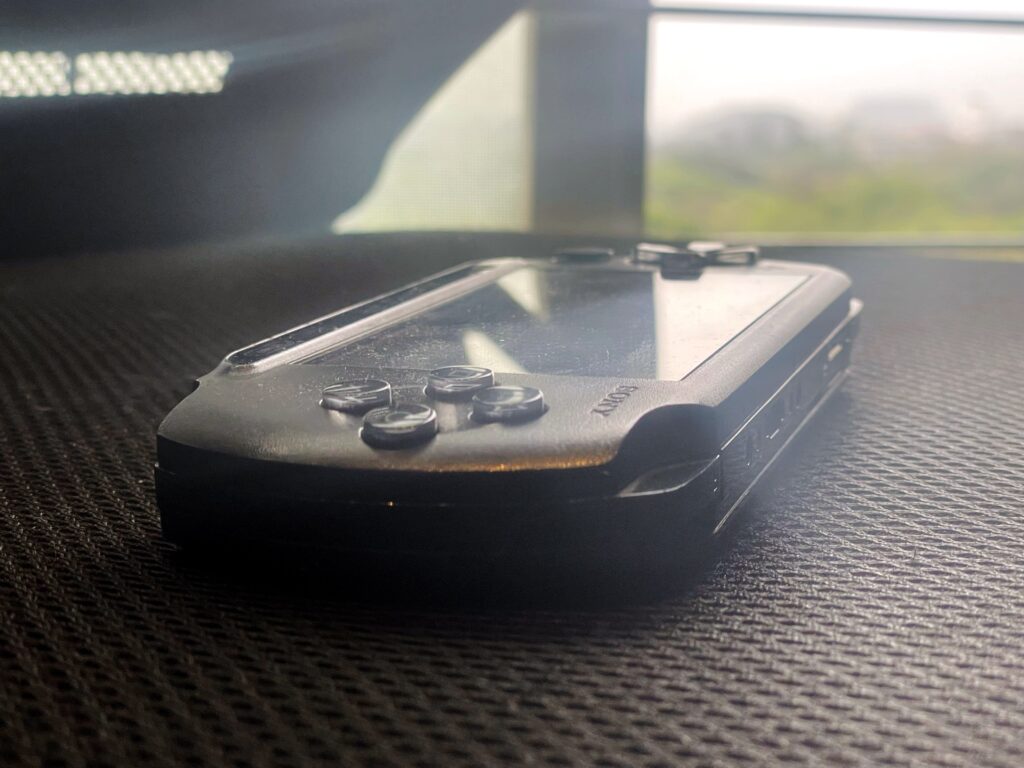
Storage for Games
As I mentioned earlier, the device only has 64 megabytes of storage. The System Software eats it up. So, the device is not totally usable on its own. For that reason, there are memory cards. Now, that’s where another problem arises.
The PSP does not use regular memory cards. Neither does it use a proper SD card, nor a micro SD card. It uses an uncommon card format known as Memory Stick Pro Duo. Not only is the card rare to find, but also is a proper reader. Personally, I used a Micro SD card to Memory Stick Pro Duo adapter to counter this problem.

If you love physical copies of video games, PSP could be a blessing for you. There is a slot for Universal Media Discs in the back. You just open the cover and slide in the Disc. These discs are small and enclosed. The problem is, they were a limitation for the console.
The PSP, as a handheld console, should be slim and thin. But the UMDs are not as thin as a regular CD. They are small, but thick. As a result, it eats up interior space. If it used small CDs which were thin, Sony could have thinned down the console.
Audio
Now, of course, Sony made a budget handheld console. So, I never expected it to have audio that can blast me away. Its audio is certainly on the lower end of the spectrum. In fact, it uses mono audio, not even stereo.
The audio is not all that great. It is audible, but not particularly loud. It is mushy to some extent. But for the price, I really can’t complain.
For the headphone users, there is a headphone and microphone jack at the bottom.
USB Support
While the PSP has USB, it is once again, uncommon. It uses mini USB. Thankfully, it is not proprietary, so it can still be found on the market. But still, micro USB would have been much better. Now, let’s get down to the actual bread and butter.
Gaming
The PSP had a wide variety of games. The collection of games was not as big as the PS2 or the others. But it was decent. It was more than adequate for that boring relative’s place.
The biggest advantage was that you got to play games like Grand Theft Auto Liberty City Stories and Vice City Stories. Besides, there were a couple of Ben 10 games which were decent. The disappointment was when it came to the Need for Speed games. They were stripped down versions of the original ones. Besides, they did not even have half the content of the originals. But there were a lot of great titles.
Some of the PSP games are listed below:
-
Call of Duty: Roads to Victory
-
Grand Theft Auto Vice City Stories
-
Grand Theft Auto Liberty City Stories
-
FIFA
-
Tekken 6
-
Ben 10 Protector of Earth
-
Assassin’s Creed Bloodlines
-
Grand Theft Auto Chinatown Wars
-
Spiderman 3
-
Need For Speed Most Wanted
-
The Sims 2
-
Need or Speed Carbon
-
Spiderman Web of Shadows
The problem was actually with the controls. For instance, because of the lack of a right thumbstick, Call of Duty Roads to Victory used the shape buttons on the right for view. The directions were used for grenade, weapon switch and all of that stuff. The other games also had some weird button combos.
Conclusion
The PlayStation Portable was a good console. It offered me hours of fun. Sure, there were some weird decisions like the mini-USB, power cord, Memory Stick Pro Duo et cetera. However the main aim of a gaming console is to entertain the player, and the PSP certainly succeeded. Let us only hope that the era of handheld gaming consoles will return one day or another.